
Common Eastern Bumble Bee (Bombus impatiens)

Brown Belted Bumble Bee (Bombus griseocollis)
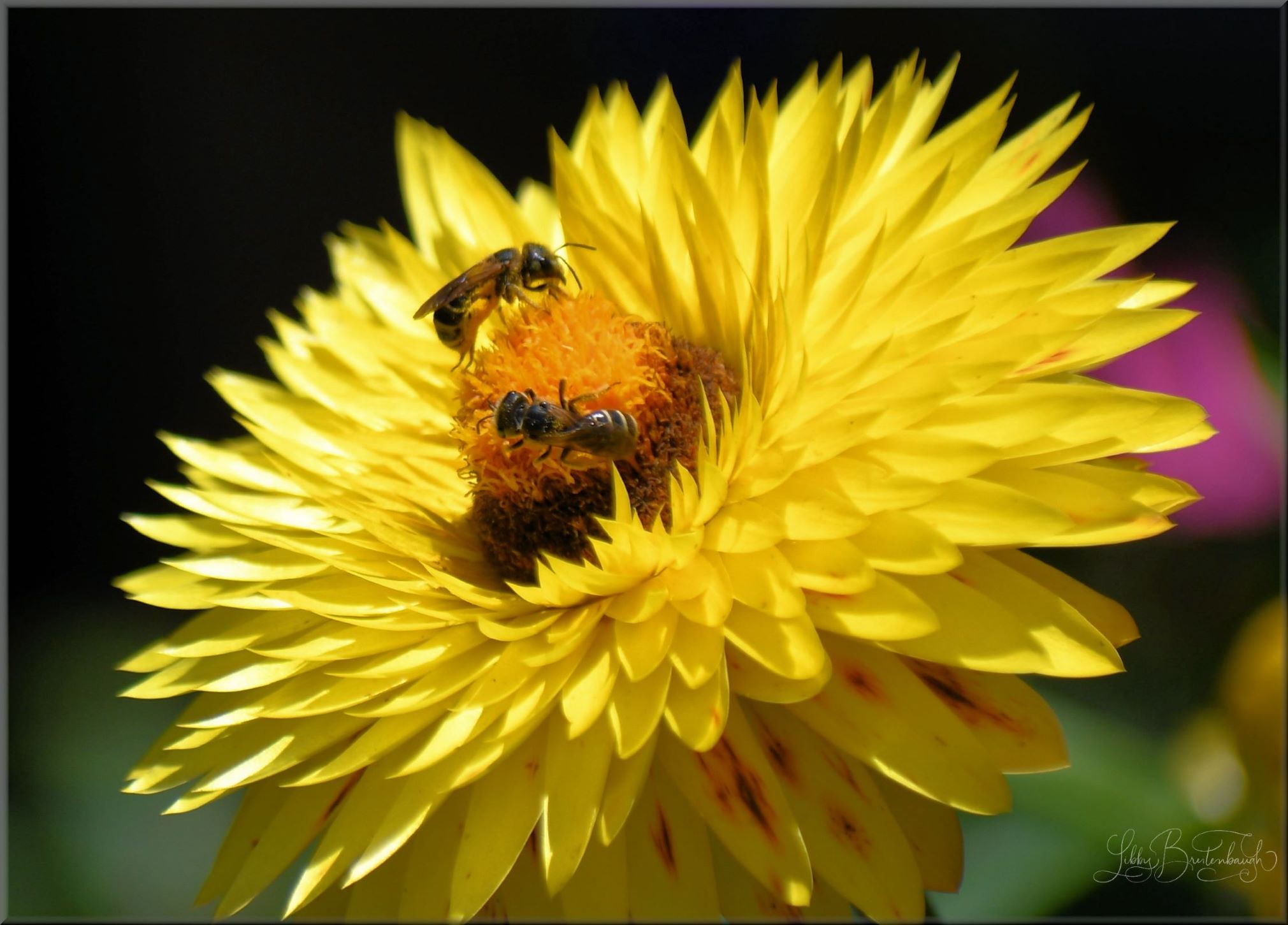
Andrena Bee (Mining Bee Group)

American Bumble Bee (Bombus pensylvanicus)
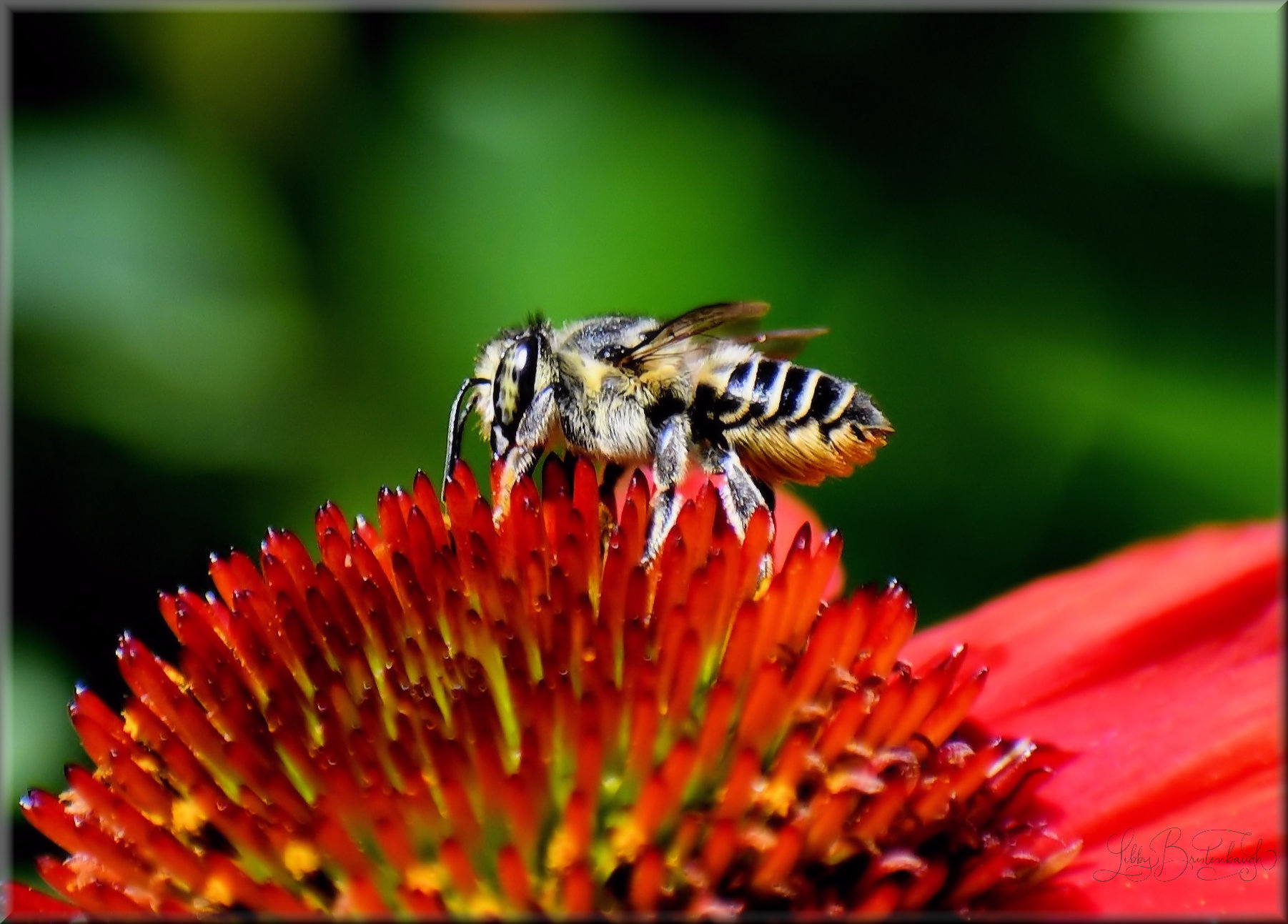
Leaf Cutter Bee (Megachile spp)
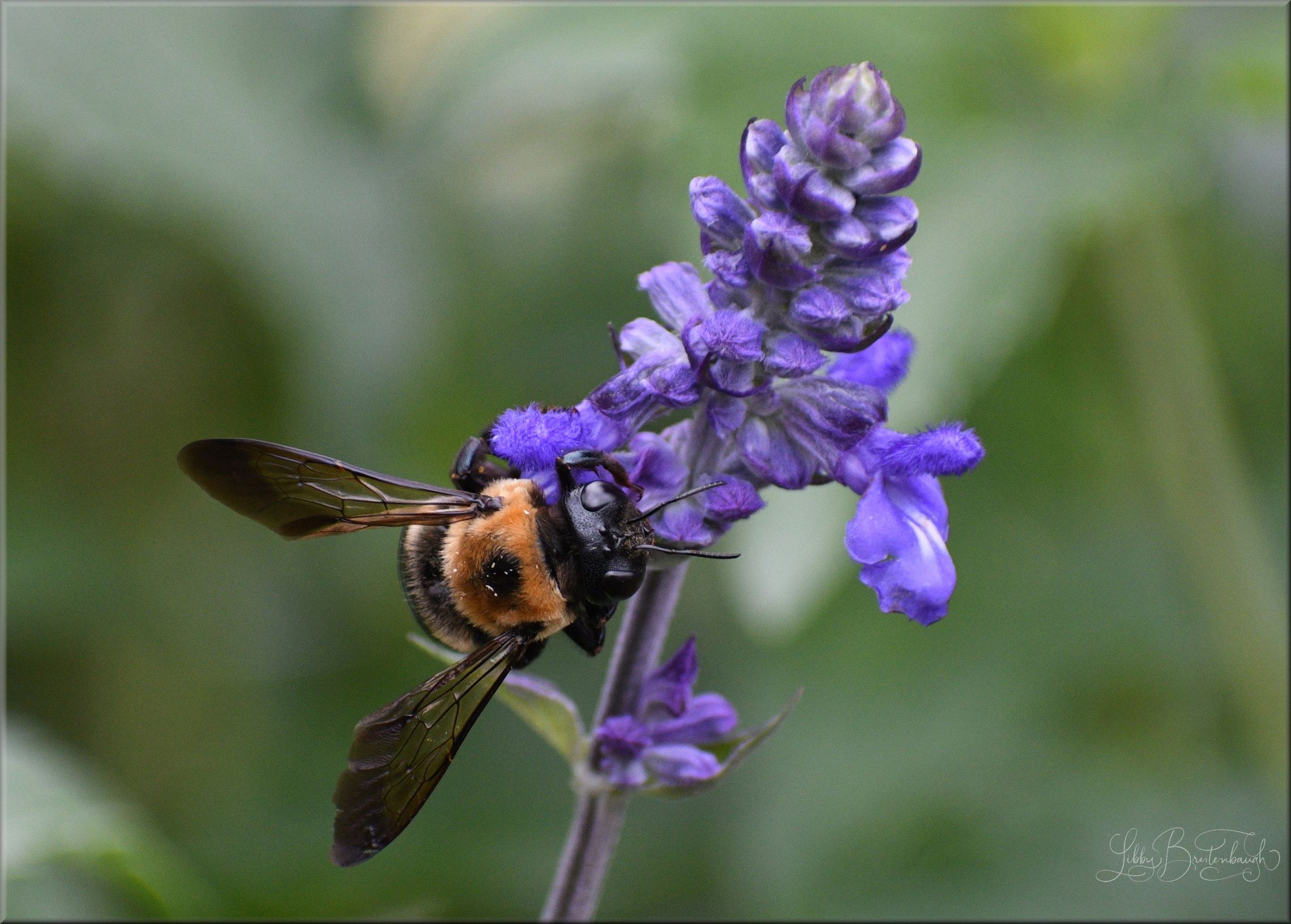
Brown Belted Bumble Bee (Bombus griseocollis)
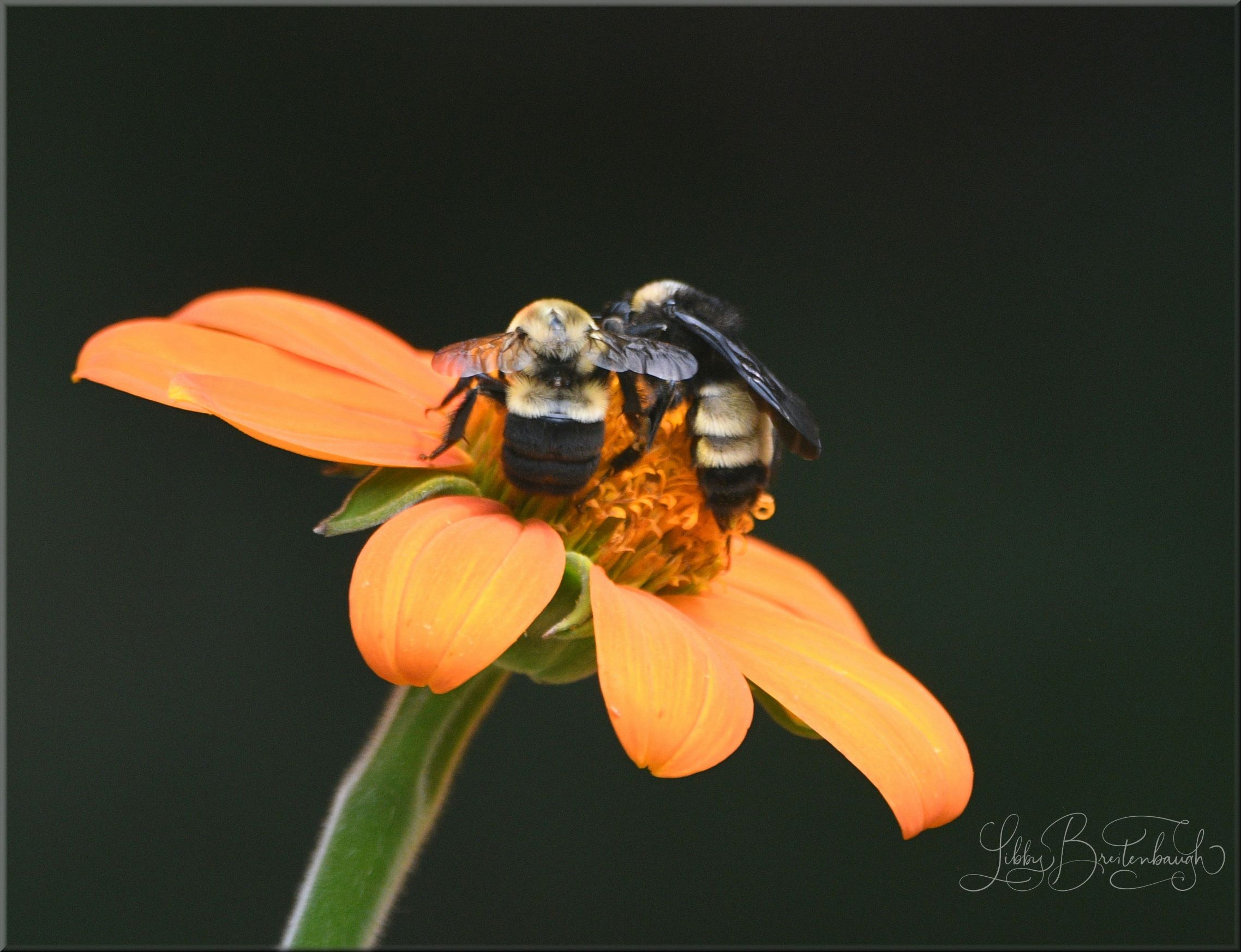
Bumble bees (Bombus spp)
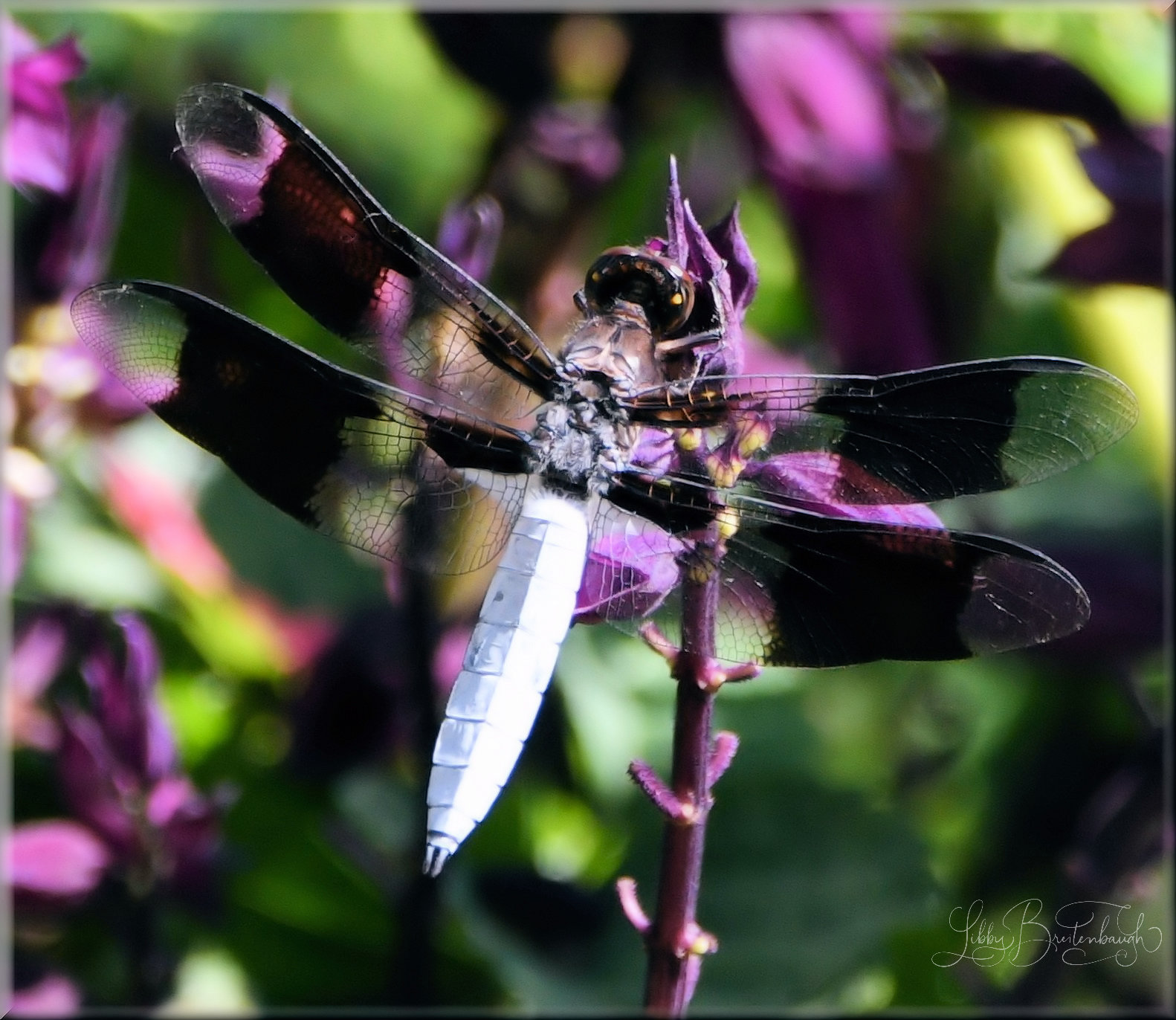
Common Whitetail Male Dragonfly (Plathemis lydia)

Common Eastern Bumble Bee (Bombus impatiens)
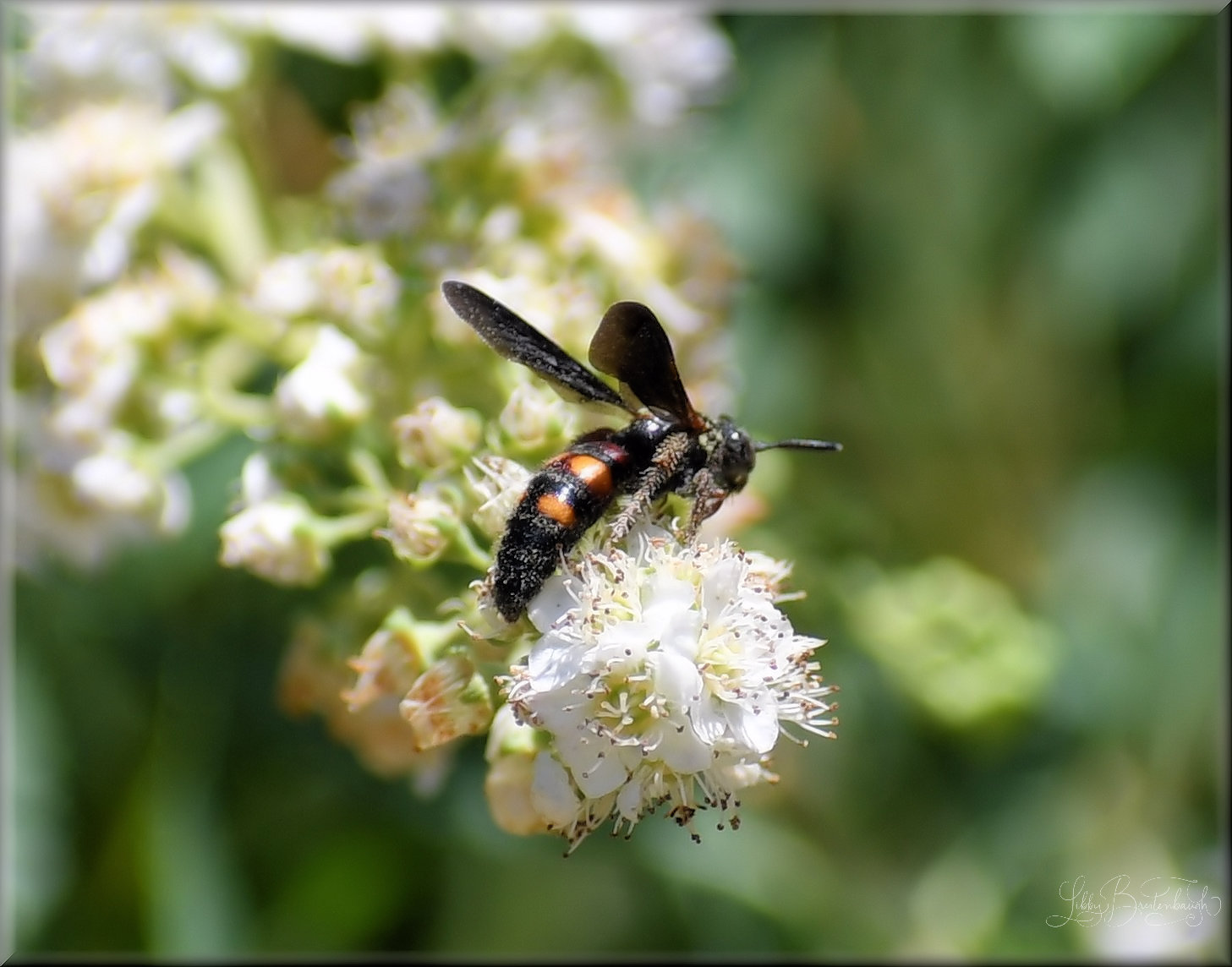
Noble Scoliid Wasp- Scolia nobilitata
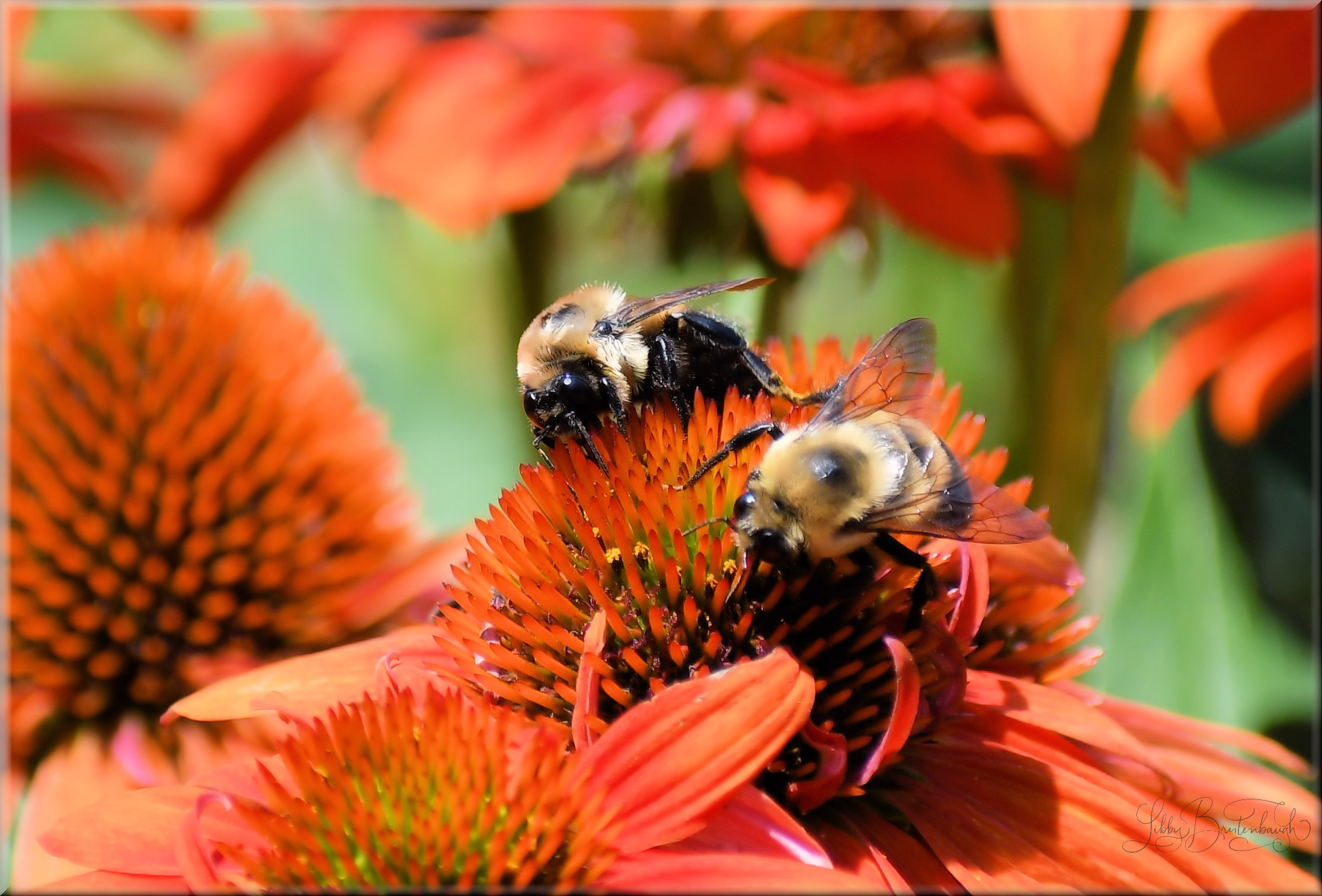
Brown Belted Bumble Bee (Bombus griseocollis)

Four-toothed Mason Wasp (Monobia quadridens)
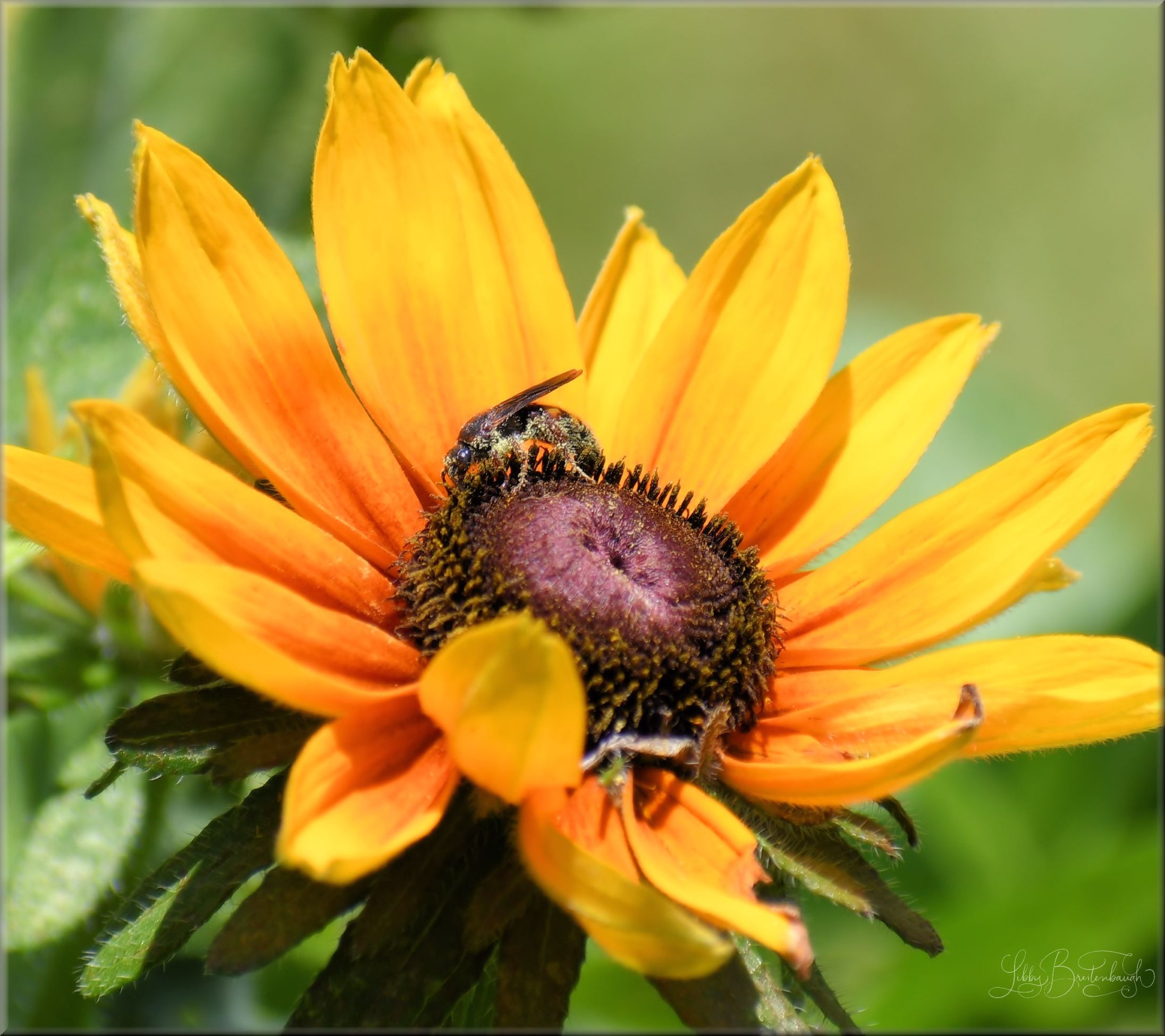
Andrena Bee (Mining Bee Group)

European (Western) Honey Bee (Apis mellifera)
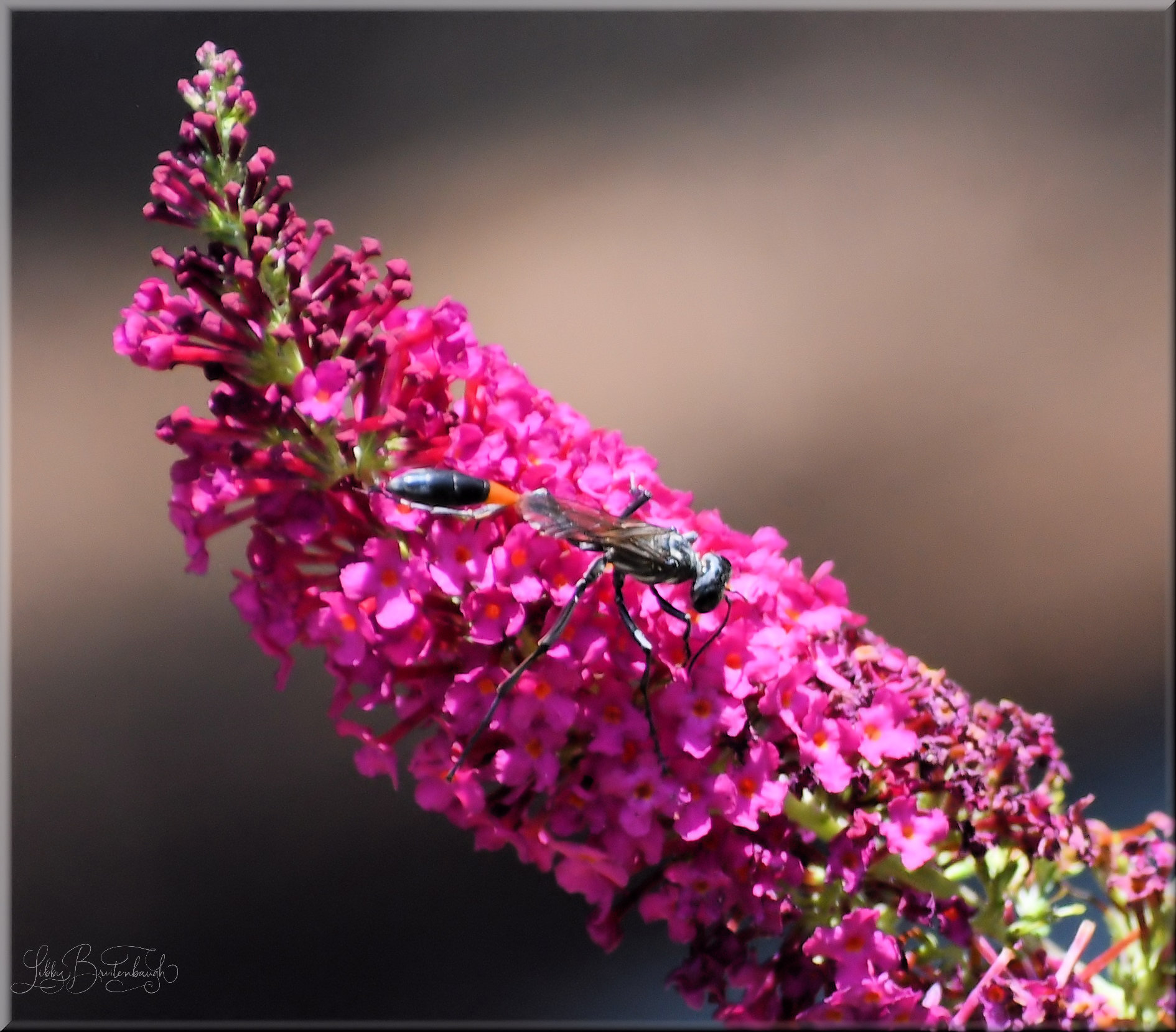
Thread Waisted Wasp (Ammophila procera)

Blue Dasher Dragonfly (Pachydiplax longipennis)

Common Eastern Bumble Bee (Bombus impatiens)

Honey Bee (Apis mellifera)

Sweat Bee (Halictus rubicundus)

Melissodes Long-horned Bee
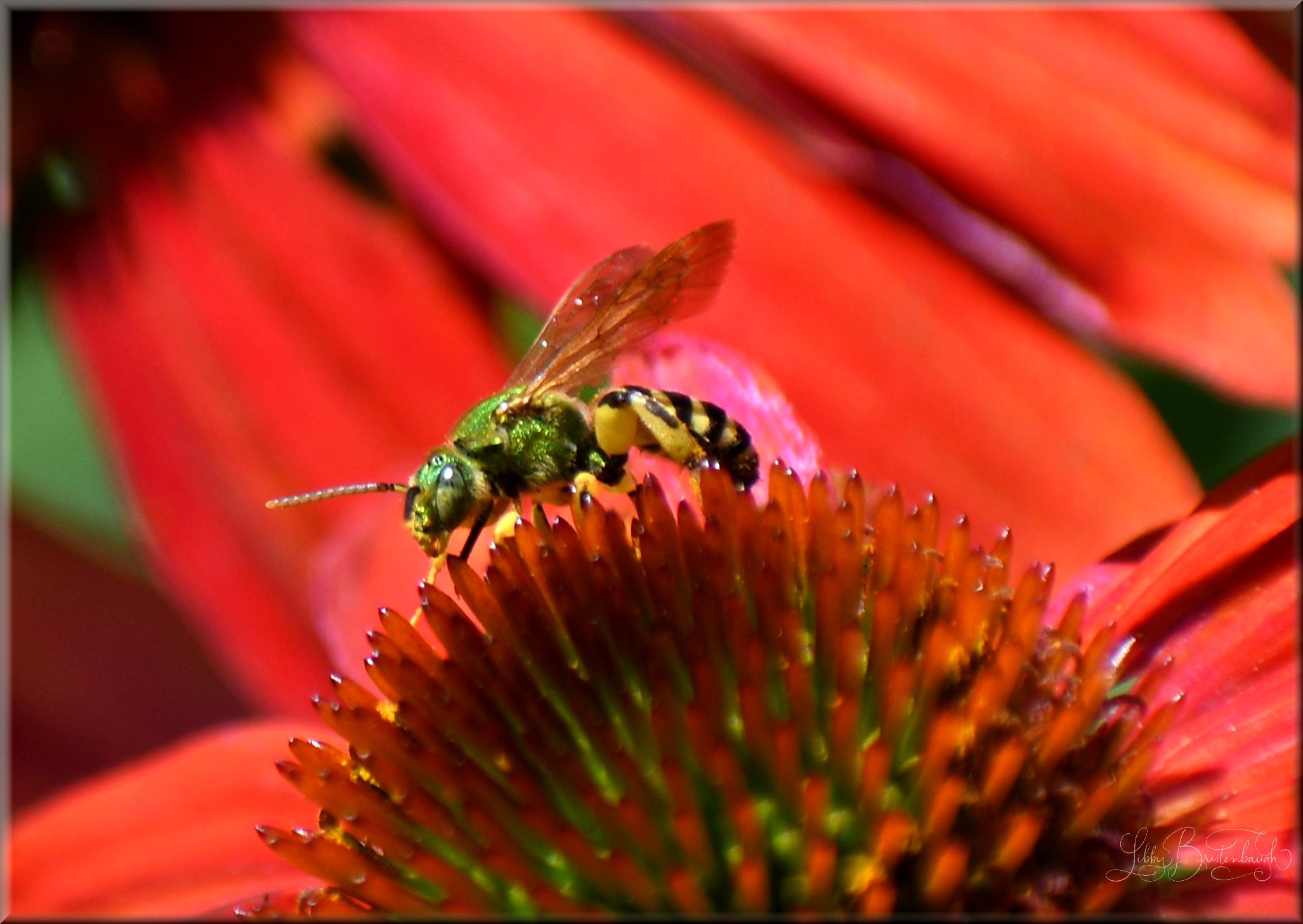
Brown-winged Striped Sweat Bee (Agapostemon splendens)
SAVE THE BEES
Plant a Bee Garden- You don’t need a ton of space to grow bee-friendly plants — gardens can be established across yards and in window boxes, flowerpots, and mixed into vegetable gardens. Seek out locally native plants as often as possible.
Bees are basically looking for two things when they visit your garden: Nectar: Nectar is loaded with sugars which is a bee’s main source of energy. Pollen: Pollen provides a balanced diet of proteins and fats.
Go Chemical-Free- Regardless of which flowers you plant, avoid using pesticides and herbicides. Synthetic pesticides, fertilizers, herbicides, and neonicotinoids are harmful to bees, wreaking havoc on their sensitive systems.
Provide Trees for Bees- When a tree blooms, it provides hundreds — if not thousands — of blossoms to feed from. Trees are not only a great food source for bees, but also an essential habitat. Tree leaves and resin provide nesting material for bees, while natural wood cavities make excellent shelters.
Leave Stems Behind- 30% of bees live: holes inside of trees, logs, or hollow plant stems. Don’t cut those hollow stems, which are valuable bee habitats.
